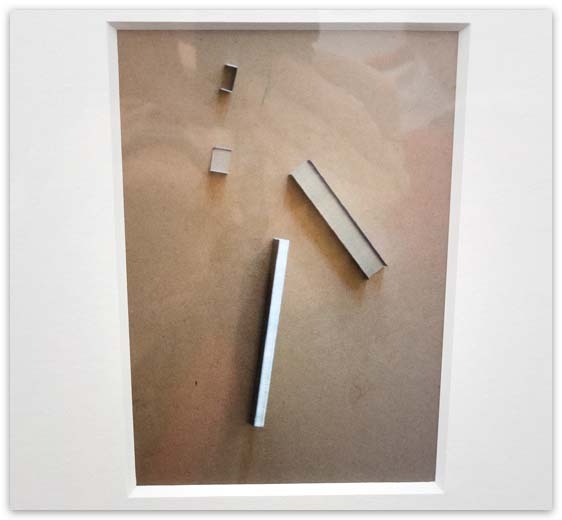
Here are The Beatles painting their only jointly made artwork holed up in the Tokyo Hilton in June of '66. Paul's cigarette pack poking out of his shirt pocket looks like some sort of egg roll sushi brooch, of all things.
They are engrossed - it seems like a nice escape and probably a relief to be allocated a specific corner for your own artistic style. There is only so much collaborating one can do I guess.
I have been sick today, my body feels like a wet woollen jersey - slow, heavy and uncooperative. My head likewise. I am terrible at being sick, any days not working seem like a wasted opportunity to be productive, and I cannot focus on one thing for an extended period of time. Today alternating between reading snippets of Joan Didion's Slouching Towards Bethlehem and watching The Beatles Anthology while continuing to work on an artwork which feels increasingly futile and has no end in sight. I wanted to spend today writing: but my energy has been siphoned out of my brain, perhaps through the snot dribbling out of my left nostril - the right one remains resolutely blocked.
I don't write long things, I struggle to maintain words over the length of a A4 page. These texts are just ideas observed and described. I never write dialogue. Like everything, the only way to improve one's writing is to increase one's output, which is a new intention. I had thoughts of three separate texts to work on when I went to sleep last night, I woke up this morning with faint recollections of two of them and a left arm that had refused to wake up with the rest of me and lolled around like a tentacle.
I have spent the majority of today trying to remember my third idea and reading maybe every fourth sentence of Slouching Towards Bethlehem. It still counts.
My tutor in my second year of art school, Richard Orjis, asked me once something along the lines of 'What's up with all this nostalgia? What isn't interesting about what is happening now?' and the fact that I am still thinking about this 6 years later means it must have made some sort of impression on me. I am not exactly sure what that impression is, except that I associate the word nostalgia with a sort of menacing dread, and I realise I have spent today (along with many many other days) entrenched in the music and writings of the mid sixties. I am listening to Rubber Soul as I type this.
Perhaps tomorrow I can begin to associate with the contemporary world, for tonight I am feeling irrelevant.














































































